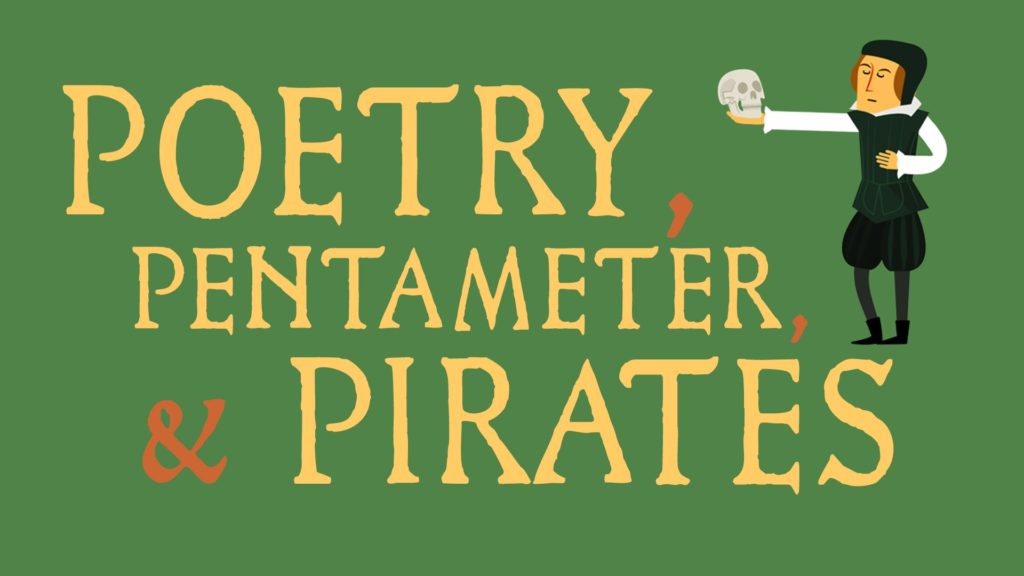Why Shakespeare loved iambic pentameter

William Shakespeare is highly regarded as the greatest writer in English literature. People who are poets or interested in poetry would definitely know about William Shakespeare.
He is a poet, a playwright and an actor and also know as England’s national poet and ‘bard of Avon’. He wrote many great stories and plays. Some of his great works are Romeo and Juliet, hamlet and Macbeth. Yet his writing also are different from other poets and has a unique style.
Usually, the poetic phrases are measured in a rhythm. The poems also contain rhythm just as for music. These rhythms are the stresses used in a line or verse of a poem. The poets use stressed and unstressed words in a pattern to form a rhythm. The traditional use of rhythm in verses is called as ‘meters’. These meters are used as a basic structural units in a poem. These meters helps in imposing the specific number of syllables in a poem. These are also called as foot. A verse in a poem consists of several feet.
Contents
Types of poetic meters
1. Dactyl meter
In this type of poetic meter, the stressed words are followed by 2 unstressed words in a verse. It is a three syllable metrical pattern used in poetry. Example
Just for a / handful of / silver he / left us
Just for a / riband to / stick in his / coat –
2. Trochee meter
In this type of poetic meter, the stressed word is followed by an unstressed word. It is a metrical foot consisting of only two syllables. Example
Tell me / not in/ mournful/ numbers
By the / shores of / Gitche / Gumee,
3. Iambic meter
The iambic meter consists of one or a group of ‘iambs’ which are a metrical foot in which the unstressed word comes before the stressed word. Shakespeare used this iambic pattern of writing because it can be easily written and understood. And also, there is a another reason i.e, we all know that Shakespeare usually speaks about the matters of heart and even the characters in his play. The iambic pattern coincides with the heart beat when one is experiencing a increase in his heart rate due to special feeling or an instance. The rhythm of iambic pattern is duh-DUH/ duh-DUH/ duh-DUH. Example of iambic system is
Shall I/ com pare/thee to/ a sum/ mer’s day?






Responses